Subliminal Techniques in Marketing.
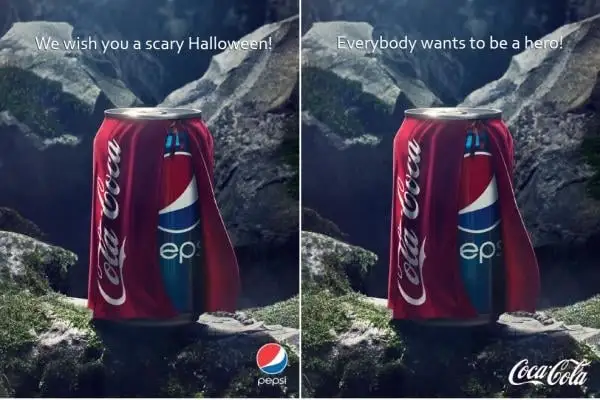
Subliminal advertising, as we often recognize it today, traces its origins back to 1957.
It was then that a market researcher, James Vicary, allegedly integrated the phrases “Eat Popcorn” and “Drink Coca-Cola” into a film. These messages flashed briefly – probably just for one frame – believed to be just long enough for the subconscious mind to register, yet too fleeting for the audience to consciously notice.

Reportedly, these covert prompts led to a surge in sales: 18.1% for Coke and a staggering 57.8% for popcorn. While Vicary’s claims were later debunked as a fabrication, contemporary studies have demonstrated that subliminal messages do have the potential to influence behavior, albeit in subtle ways.
In a 1999 Harvard experiment reminiscent of Vicary’s approach, participants played a computer game where words were flashed at them for mere milliseconds. One group was exposed to positive terms such as “wise,” “astute,” and “accomplished,” while the other encountered negative words like “senile,” “dependent,” and “diseased.” Intriguingly, even though these words were displayed too briefly for conscious recognition, participants exposed to the positive words left the room notably quicker than their counterparts who saw the negative words.
Yet, the debate over subliminal messaging isn’t just confined to academic circles. William Peter Blatty, the mind behind “The Exorcist,” defended the film adaptation of his novel against accusations of embedding subliminal messages, asserting, “There are no subliminal images. If you can see it, it’s not subliminal.”
This raises pertinent questions: Do advertisers intentionally weave subliminal messages into their campaigns? Are they attempting to subconsciously link their products with allurements like sexuality and dominance? And if they are, does this co0vert strategy genuinely sway consumers’ purchasing choices?
From our experience, we can say that it works and well it doesn’t. As always, it depends. Behavioral science works and behavioral tactics can convey convincing messages which bring us to today’s actual topic.
What’s in it for AI?
In a recent article by Juan Pablo Bermúdez and colleagues on Euractiv, the authors delve deep into the intricacies of the draft EU AI Act and its stance on ‘subliminal techniques’. They argue that while the Act aims to prohibit harmful subliminal techniques, its lack of a clear definition could render the prohibition ineffective. This raises an essential question for marketers: How do subliminal techniques fit into today’s marketing landscape, and where should the line be drawn?
The Power and Pitfalls of Subliminal Techniques
Subliminal messaging, when used effectively, can tap into deep-seated emotions and beliefs, guiding consumers toward a desired action without them being overtly aware of the influence. This covert approach can bypass the skepticism or resistance that overt advertising might face.
However, the effectiveness of such techniques is debated. Traditional definitions of ‘subliminal’ refers to stimuli that are barely perceptible yet can influence behavior.
But as Bermúdez and his colleagues point out, this narrow definition might not encompass the broader range of techniques that can be manipulated without awareness. For instance, while an online ad might be visible, the underlying algorithms and personalization techniques that present the ad remain hidden, influencing behavior in ways users might not recognize.
Also, we have to point out that an AI has much better possibilities to find the best and most persuasive assets in a much better way then we currently might even be able to imagine. The question for defining these subliminal techniques might be another one:
The Need for Clear Definitions and Ethical Boundaries
The draft EU AI Act’s mention of “subliminal techniques” highlights the need for clarity in this domain. Without a comprehensive definition, the prohibition risks being inoperative. Bermúdez’s team suggests a broader definition, emphasizing not just the sensory stimuli but also the hidden influence attempts, methods, and effects. This approach recognizes that the real concern is not just about what consumers see or hear, but also about what they don’t know regarding how they’re being influenced.
For marketers, this underscores the importance of transparency and ethical considerations. While subliminal techniques can be potent tools, they must be used responsibly. The potential backlash from perceived manipulation can damage brand trust and reputation.
But does it and is it new?
The Impact of Social Media in Communications
Social media has revolutionized communication, bridging gaps and making the dissemination of information instantaneous and global. Platforms like Facebook, Twitter, and Instagram have become integral in shaping public opinion, driving trends, and even influencing electoral outcomes. The interactive nature of these platforms facilitates direct engagement, allowing individuals, corporations, and governments to communicate their narratives effectively. The real-time feedback mechanism enables the immediate assessment of public sentiment, making social media a powerful tool for tailored communication strategies.
The Cambridge Analytica Case and Personalization
The Cambridge Analytica scandal underscored the dark side of personalized communication enabled by social media. In this case, the personal data of millions of Facebook users were harvested without consent, leading to highly targeted and manipulative advertising. This incident highlighted the ethical and privacy concerns surrounding the use of personal data for 1:1 communication. It brought to the fore the need for stringent data protection regulations and ethical standards to safeguard users’ privacy while ensuring that the personalized nature of social media communication is not exploited for manipulative ends.
Social Media in Election Campaigns: Trump and Obama
Both President Barack Obama and President Donald Trump adeptly used social media to their advantage in their respective election campaigns. Obama’s 2008 and 2012 campaigns were notable for their innovative use of social media to engage, mobilize, and energize young voters. The campaign’s tailored messaging and community-building efforts on platforms like Facebook and Twitter set a new standard for digital electioneering. Trump, on the other hand, was known for his unfiltered tweets and the use of social media to bypass traditional media, communicate directly with his base, and drive the narrative of his campaign. These examples underscore the pivotal role of social media in modern political communication, offering candidates a platform for direct engagement and personalized messaging.
Let’s look at some examples:
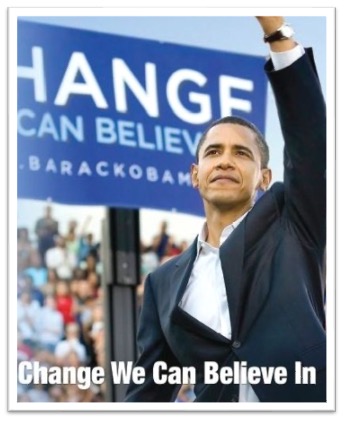
Obama used MySpace and Facebook. The first one to use Memes and a giant friends advocating friends campaign.

Obama was even the first to use in-game ads:


And together the “Yes we can” combined with a rising sun campaign logo

Made it possible for him to re-invent political campaigns and the way to get elected in the US:
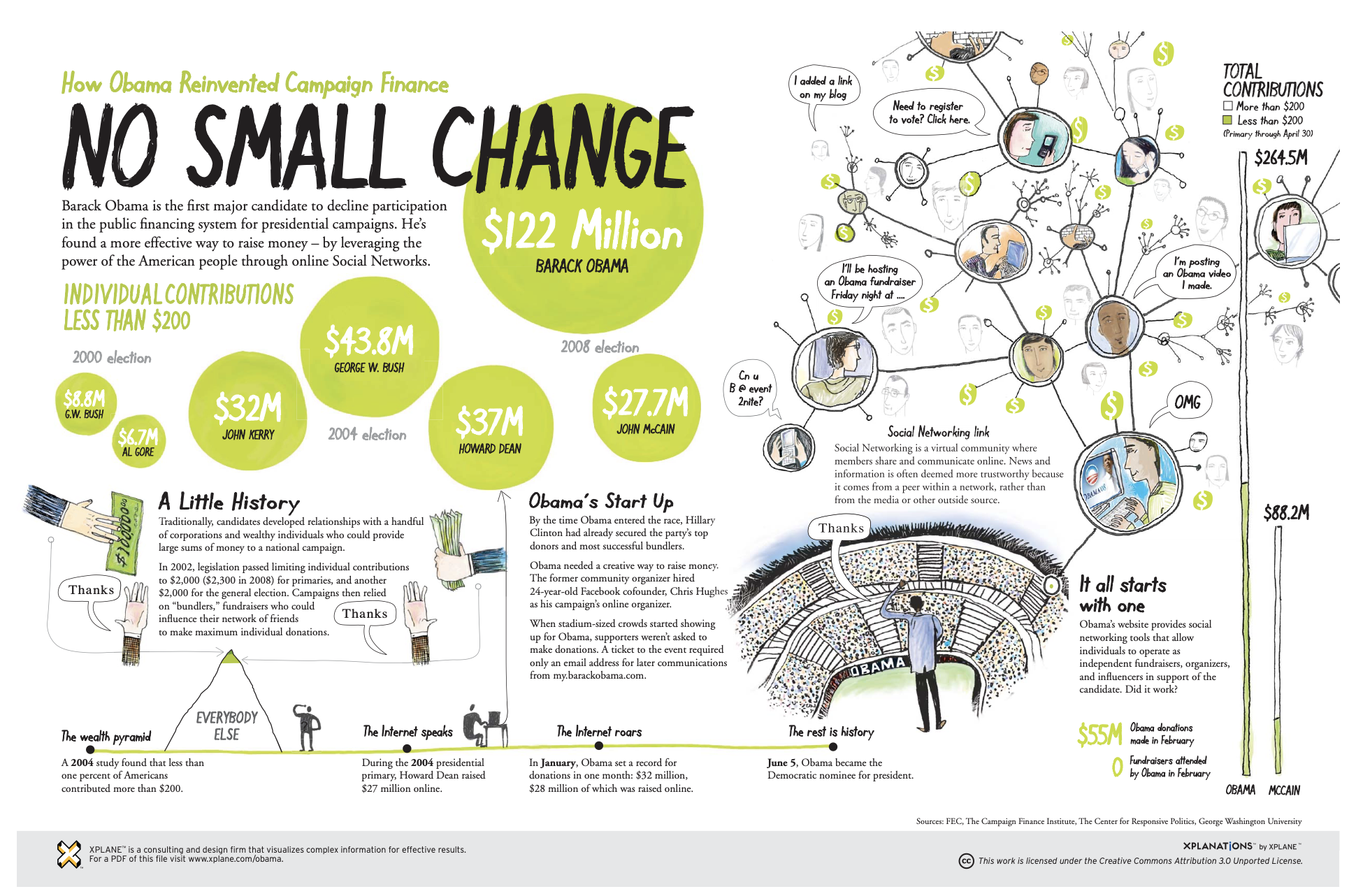
But Obama still had one clear message. One message for all of America.
“Yes we can”
Trump on the other side was less subtle. He just used plain anger and simple lies:

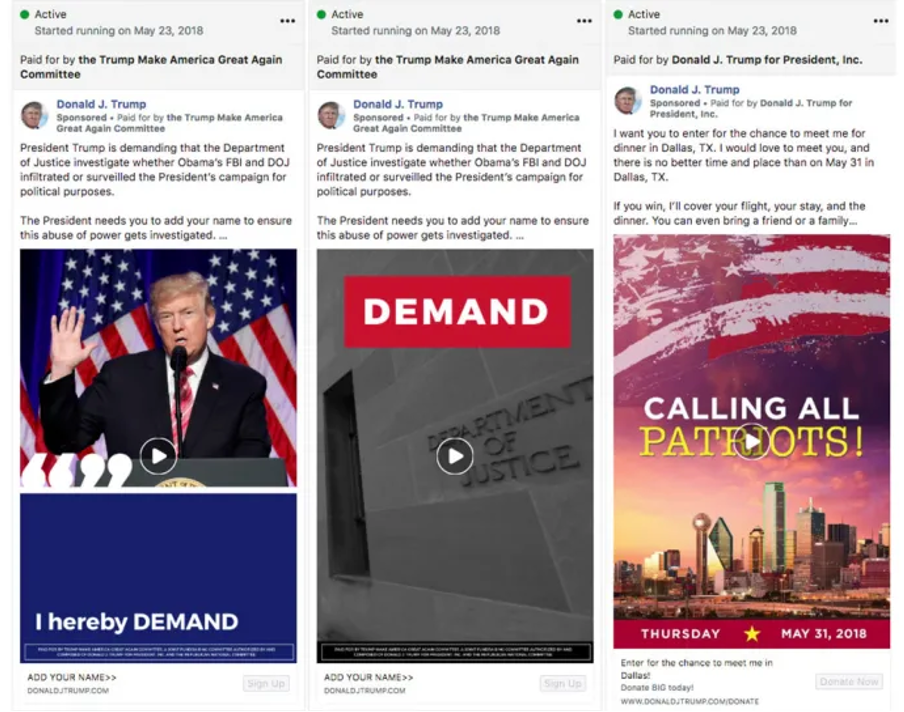
But he also used something much more critical. Marketing segmentation. You know the thing we do with products for boy and girls or the the razors we sell for men and for women (for just 200% of the price and in pink). And you might say. Yes but Bernd this is nothing new. No, it isn’t and yes it is.
Let’s look at the interesting support Trump received from – who would have guessed – the fossil fuel industry.
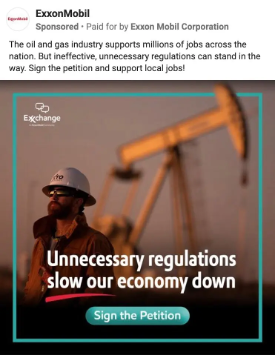
We all know how this worked out. The point I want to make is another one. Remember the article is about the hidden persuasion. So where and how can we hide our messages? Let’s dive deeper into this sphere. Fossil fuel ads… Here are some:
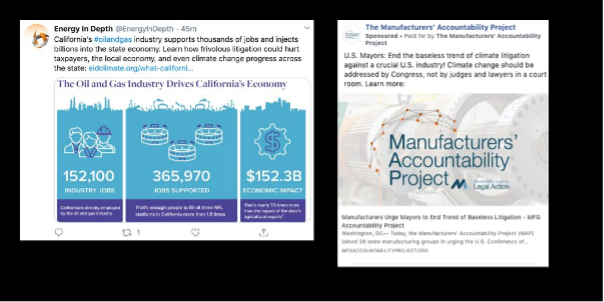

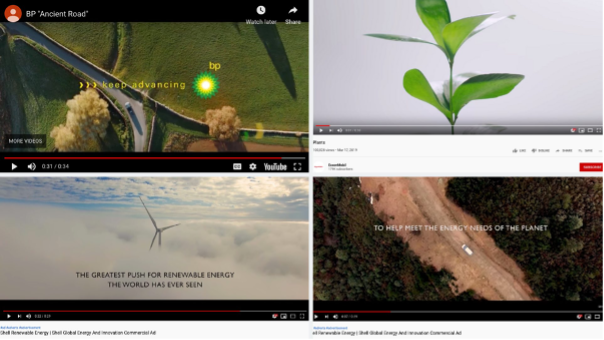

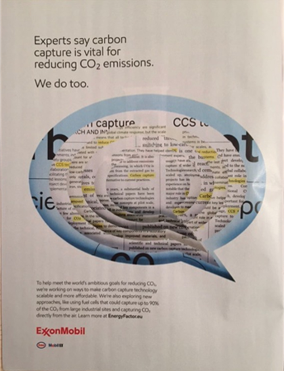
Some seem to drive change towards a more sustainable future. And some that convey a more current message on what the industry is actually doing today. But let’s be clear, these ads are still pretty forward. You know the message, you know not everything is true but maybe it’s a mission they are on. A shiny goal that they are working for. An honest statement?
Do you see it?
A NYT article about it narrows it down:
“What our research has shown is that over the past decade or so, the industry has gradually shifted from outright disinformation about climate science to more subtle and insidious messaging,” he said. But those messages “work to muddy the waters to the same end — which is to stop action on climate change,” he said. “Media and communication platforms need to stop being used — they need to stop being pawns of fossil fuel propaganda and to protect the public.”
But it’s still not the maximum that is possible. Once again. Imagine social media. Imagine a total bubble of communications. Where one bubble doesn’t see what the other does. This is exactly what happened:
Social media targeting got much deeper:
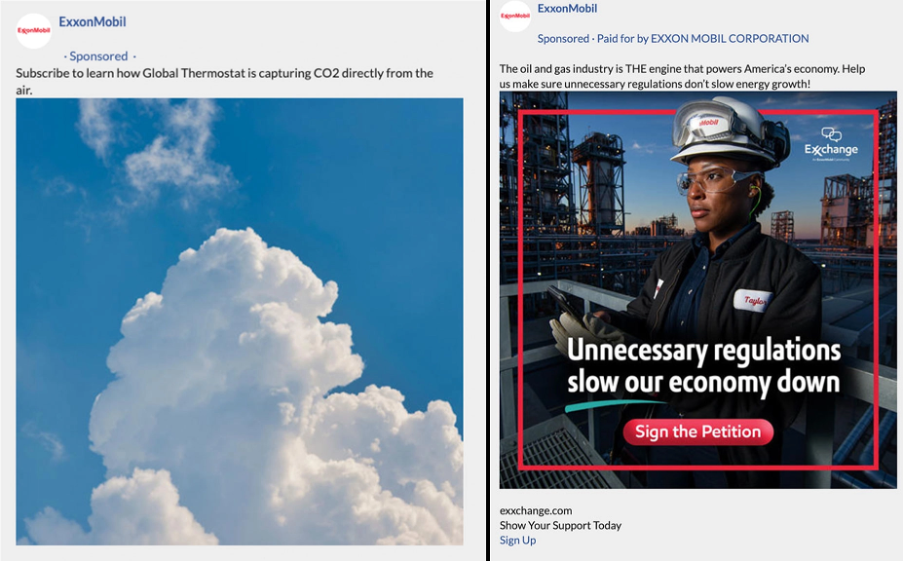
So coming back to our initial question? Do we even need AI Images? Do we even need subliminal influence, if we can simply show opposing messages to two different target audiences for one and the same product/ brand/ company/ candidate?
No. It’s that easy. And now you know why Cambridge Analytica was as dangerous and as big a scandal as it was.
Subliminal is not even necessary if a bold message is that targeted that another person or audience segment will never know you published it. This is why the whole discussion about AI image or subliminal regulation is mere noise and smoke. The problem is a completely different one. And a first step in the right direction – also for our democracy would be to prevent and stop segmentation for political campaigns.
What do you think?